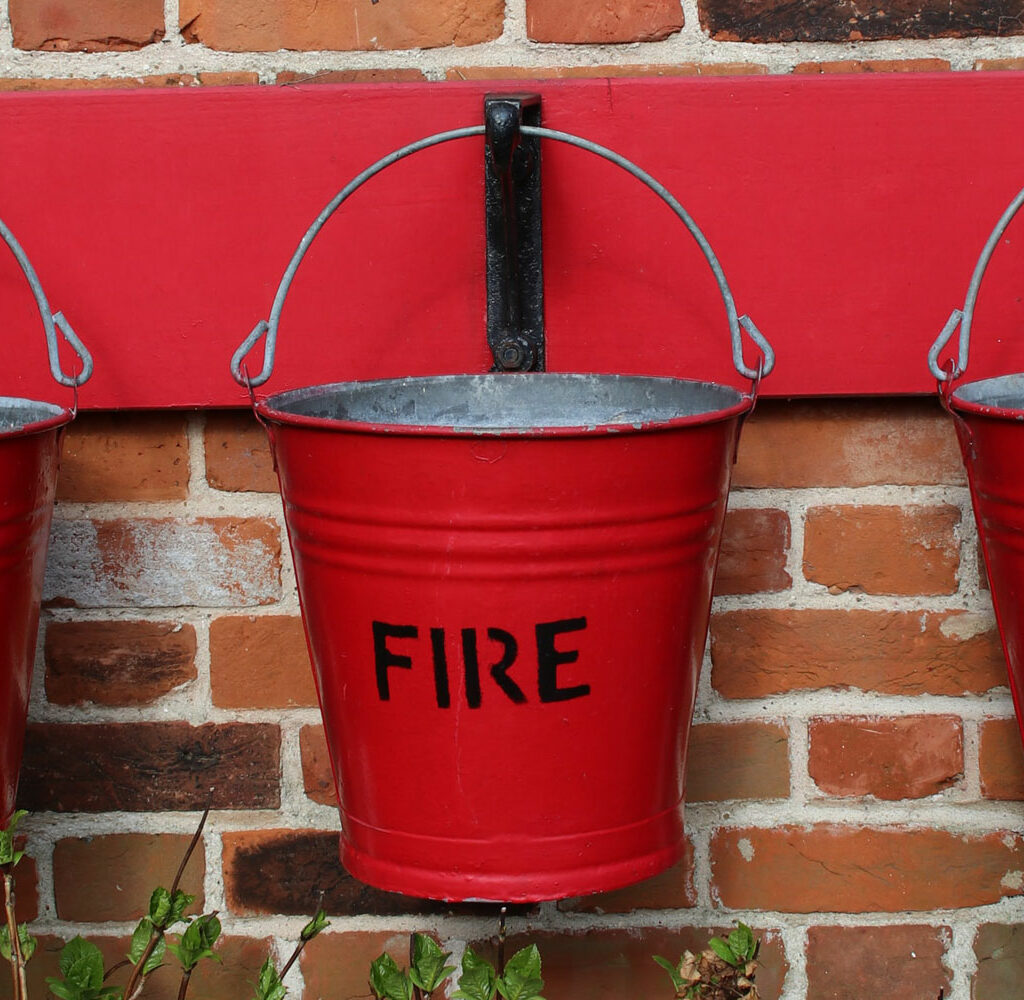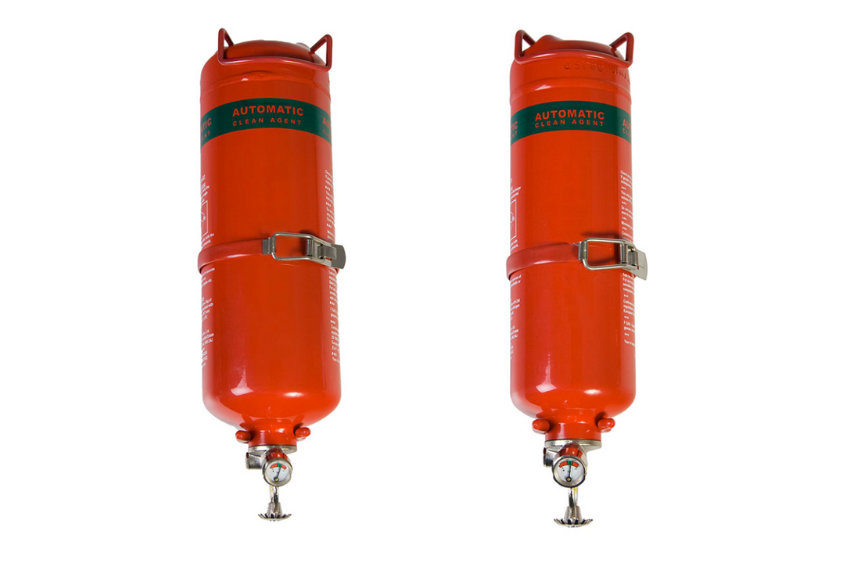The holiday season is a time of joy, celebration, and quality time spent with loved ones. As we decorate our homes with festive lights, candles, and Christmas trees, it’s essential to prioritise safety to ensure a worry-free and happy holiday. This brings us to the question: Is Firexo what you need in your home this Christmas?
The Importance of Fire Safety During the Holidays
The holidays often involve an increased use of candles, cooking, and decorative lighting. While these elements contribute to the warm and inviting atmosphere, they also pose potential fire hazards. According to the National Fire Protection Association (NFPA), December is a peak month for home fires, with an average of 780 home structure fires per year attributed to decorations alone.
Understanding Firexo: A Revolutionary Fire Fighting Solution
Firexo is a cutting-edge fire suppression technology that has been gaining attention for its efficiency and ease of use. Unlike traditional fire extinguishers that may require different types for different fires, Firexo is an all-in-one solution that works on all major fire types: A, B, C, D, Electrical and F. This means it can extinguish all types of fires. The Firexo extinguisher can even be used against the very dangerous, Lithium-ion battery fires.
Why Choose Firexo for Your Home This Christmas?
1. Versatility: Firexo simplifies fire safety by providing a single solution for various fire types. This versatility is crucial in a home setting where fire risks may arise.
2. Ease of Use: Traditional fire extinguishers can be intimidating and confusing in the heat of the moment. Firexo has the perfect option for the home, offering a user-friendly canister that requires minimal training. Its simple operation allows anyone to respond quickly in case of an emergency.
3. Rapid Suppression: Time is of the essence during a fire emergency. Firexo is known for its rapid-fire suppression capabilities, helping to contain and extinguish flames swiftly, reducing the risk of further damage.
4. Minimal Residue: Traditional fire extinguishers can leave a messy residue, often causing additional property damage. Firexo, however, minimises residue, making the cleanup process more straightforward and less damaging.
Christmas-Specific Fire Risks
During the festive season, specific fire risks become more prevalent:
1. Decorative Lights: Faulty wiring and overloaded circuits can lead to electrical fires.
2. Candles: Unattended candles pose a significant fire risk, especially with the abundance of decorative candles during the holidays.
3. Cooking: Increased cooking activities, particularly using oils and fats, heighten the risk of kitchen fires.
Conclusion: A Safer and Merrier Christmas with Firexo
As you prepare to celebrate the holidays with your loved ones, prioritising fire safety is a responsible and essential step. The versatility, ease of use, and rapid suppression capabilities of Firexo make it a valuable addition to your home this Christmas. Consider investing in this innovative fire suppression solution to ensure a safer and merrier holiday season for you and your family. To look more into Firexo and all the options, find more HERE.
Remember, prevention is key, but being prepared with the right tools, such as Firexo, can make all the difference in protecting what matters most. May your holidays be filled with warmth, joy, and, above all, safety.

 Cart is empty
Cart is empty 
























































